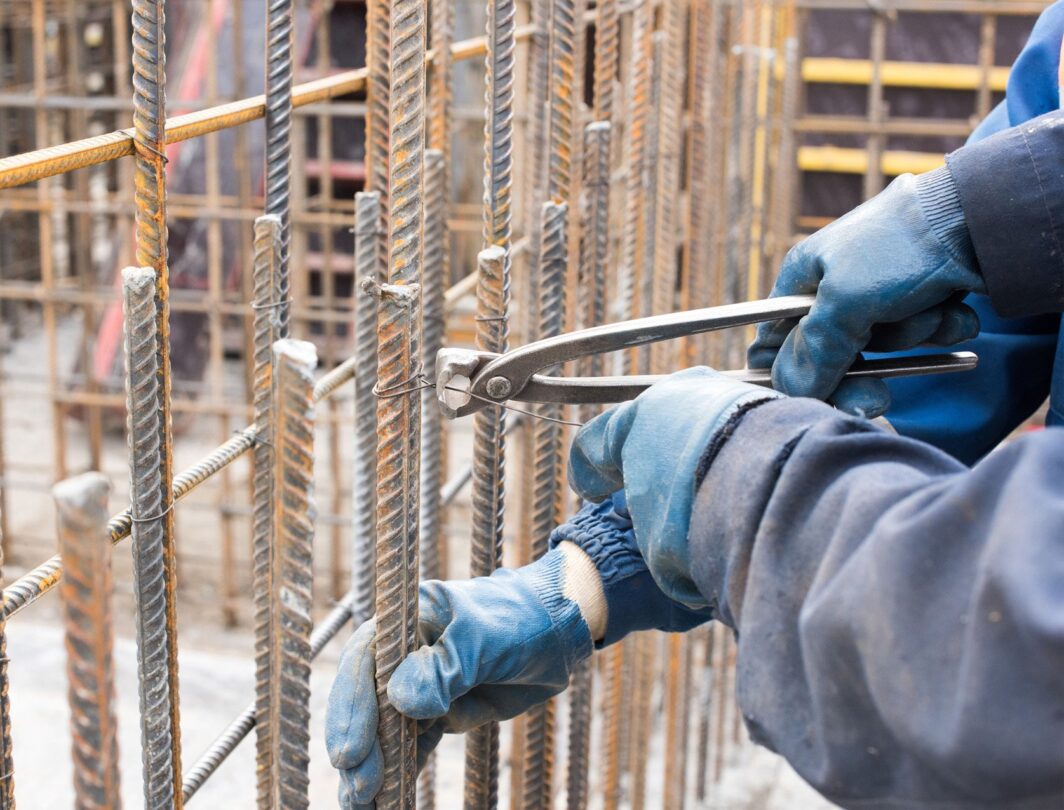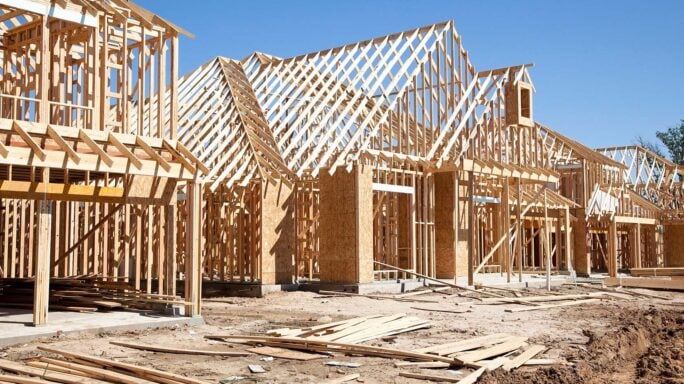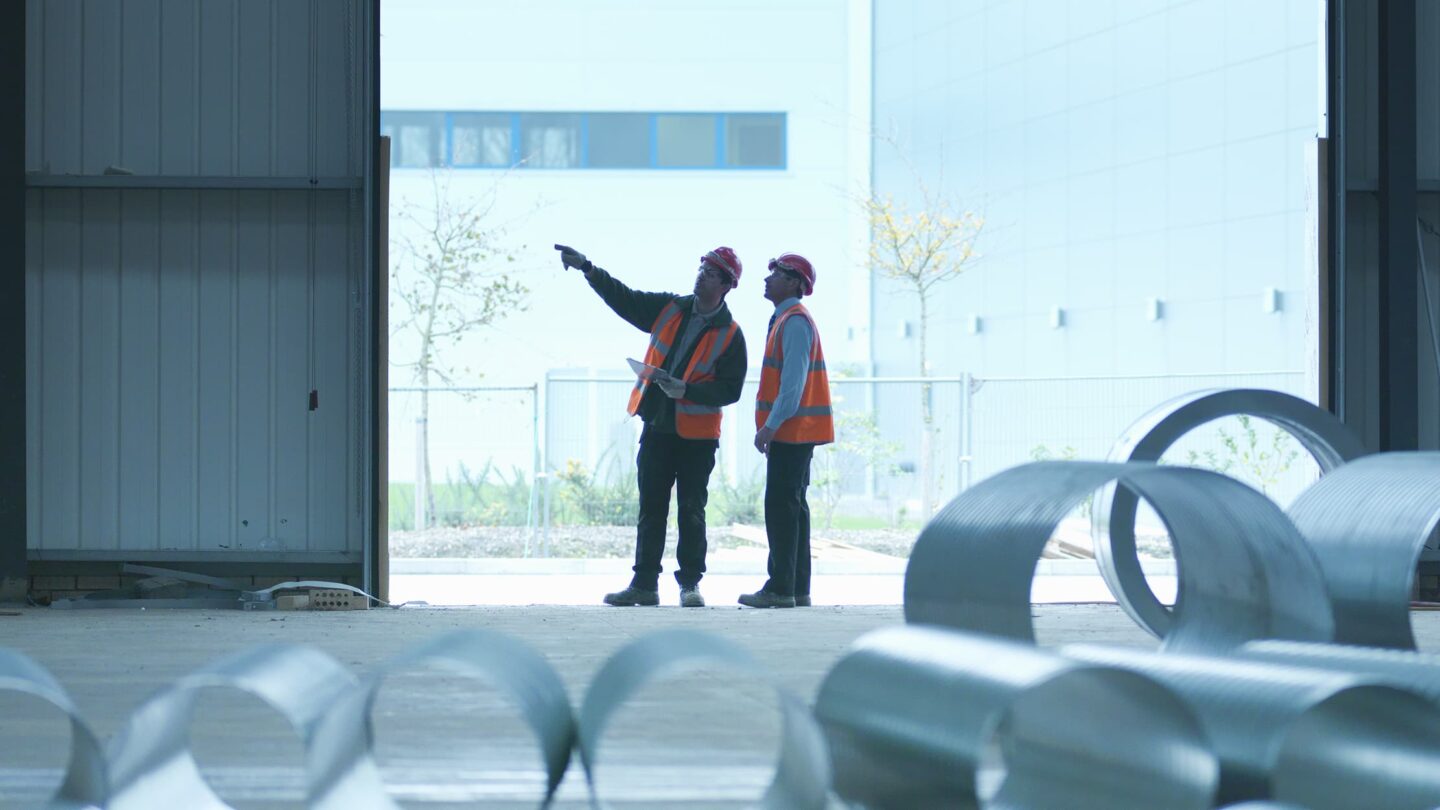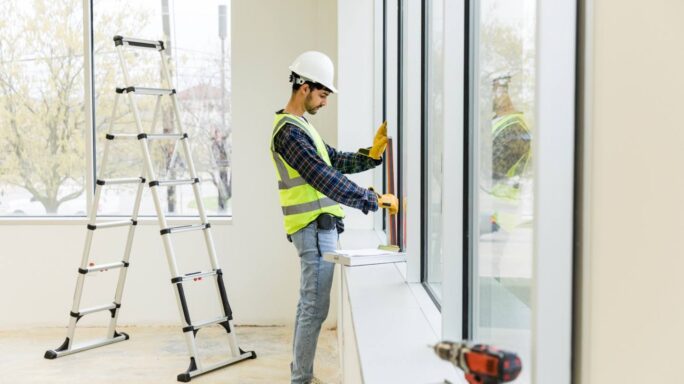Strategy, Legal & Operations
Danger! Watch for lien requirements in your subcontract

Liens protect a contractor’s right to get paid for work completed to improve someone’s property. While no one can require a construction company to waive its future lien rights, subcontractors should be aware of certain contract provisions that may require them to keep the property free and clear of liens from their subs and suppliers. Here’s a typical provision that does just that:
“To the extent not expressly prohibited by law, subcontractor shall not permit any lien or other encumbrance to be filed or to remain of record as a claim against the building or the project site for any work performed or materials furnished by, to, or on behalf of subcontractor, or any of its subcontractors or suppliers. Subcontractor shall defend, indemnify, save and hold harmless contractor, contractor’s sureties and owner from any lien or claim of lien filed or maintained by any laborer, material man, subcontractor, or other person or entity directly or indirectly acting for, through, or under subcontractor. Without limiting the foregoing, subcontractor shall cause any such lien or claim of lien to be satisfied, removed, or discharged by bond, payment, or otherwise within ten (l0) days from the date of receipt by subcontractor of written notice from contractor. The failure of subcontractor after ten (l0) days written demand by contractor to satisfy, discharge and/ or bond a lien shall constitute a material breach of this subcontract.”
Bottom line, this provision says that it is the subcontractor’s problem if any of its subs or suppliers rightly or wrongly file a lien or make a claim on the prime contractor’s bond. This is particularly dangerous if the subcontractor has not been paid. In such a case, the financial burden will fall on the subcontractor to provide the funds to keep the property and prime contractor’s surety bond free of any claims.
Pro tip: Note that many prime contracts contain similar lien provisions that are passed down the line to all subcontractors. It’s important that subcontractors be aware of these type of flow-down contract provisions and any responsibility to discharge pending liens.
Subcontractor protection
To limit liability, subcontractors should tie such lien requirements to timely payments by the contractor and owner. Here’s a sample of a provision that can be added to the subcontract:
A condition precedent to subcontractor’s requirement to indemnify and hold harmless contractor and owner as to any such claims or liens shall be payment by Contractor to subcontractor relative to such claims and liens.
In my experience, many prime contractors will accept this provision because they understand that subcontractors can’t pay their bills until they’ve been paid. Prime contractors will also often put a similar provision into their contracts with owners to make sure they also get paid before they have to satisfy any liens.
Back to basics
Understanding requirements outlined in your contract is only the first step in preserving your lien rights. Make sure you also understand basic deadlines and rules related to lien laws in your state. You can learn more in my previous posts “Time is of the essence when it comes to construction liens” and “Navigating the lien process: Answers to common questions.”







Ask the author a question or share your advice